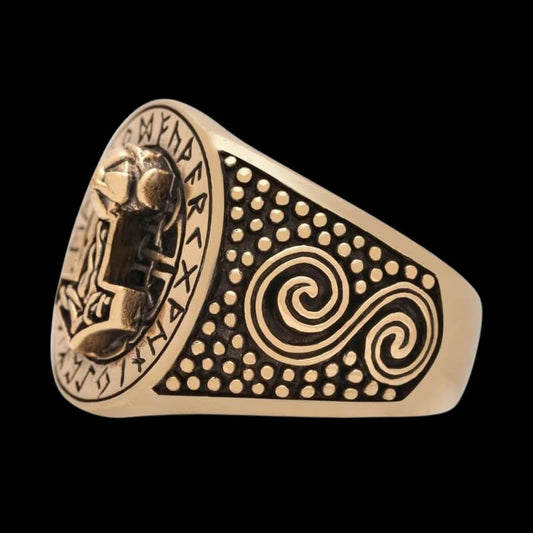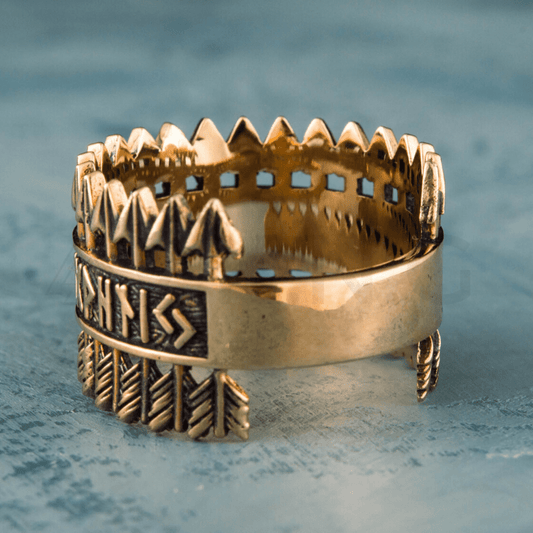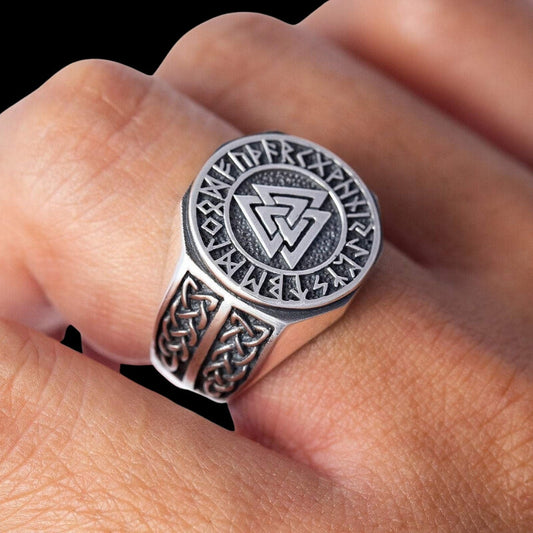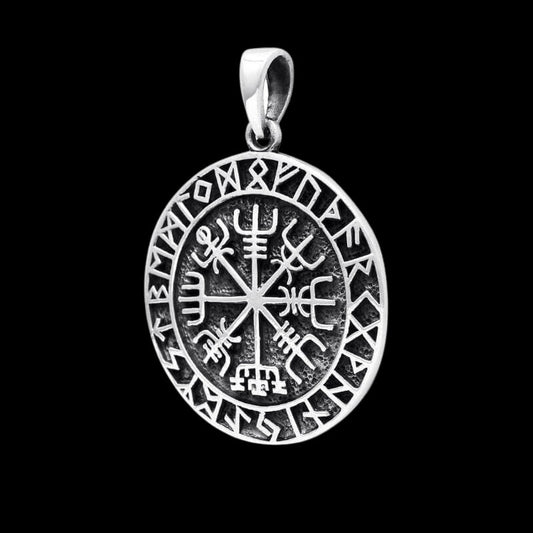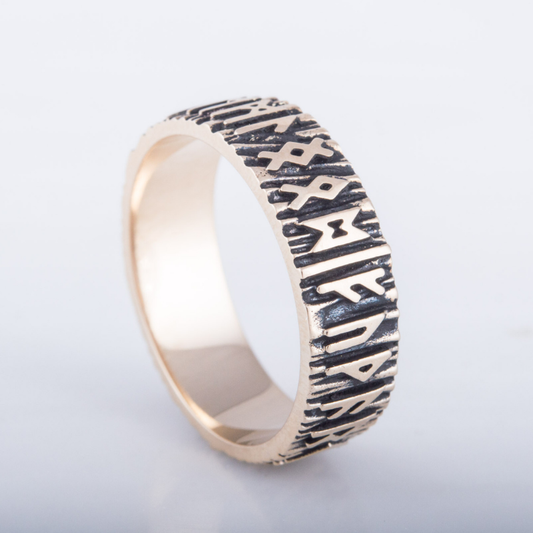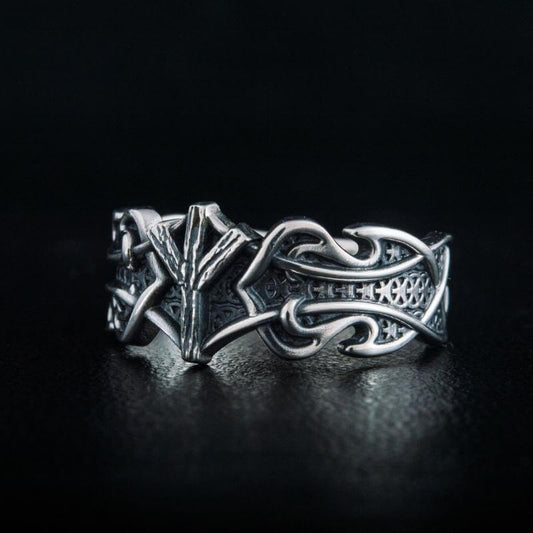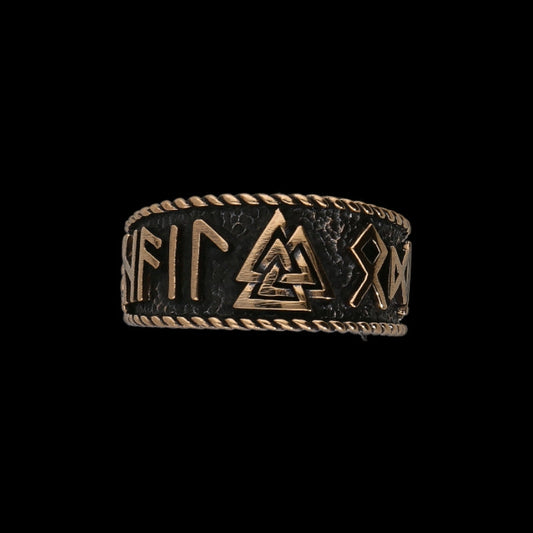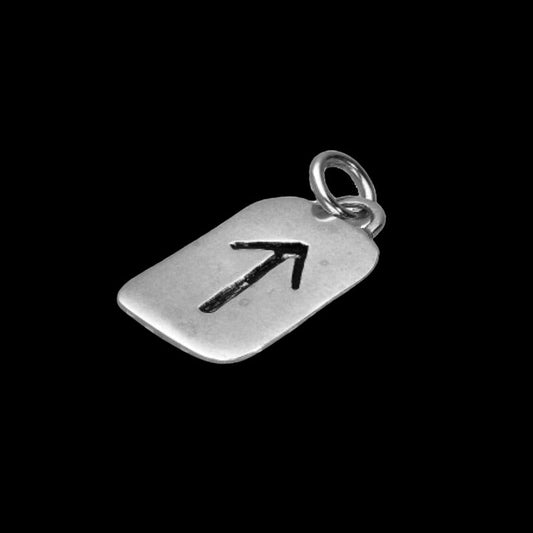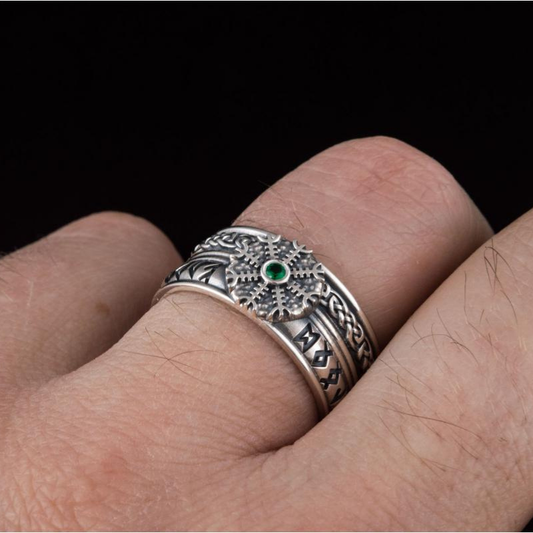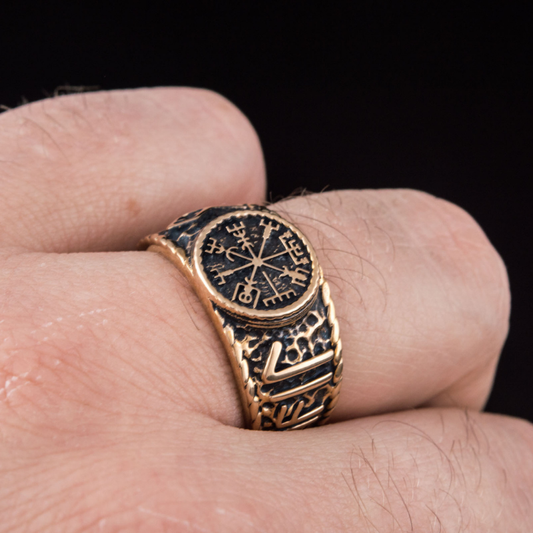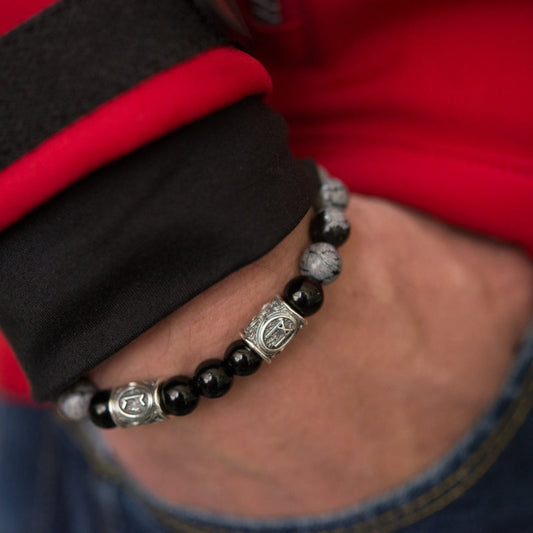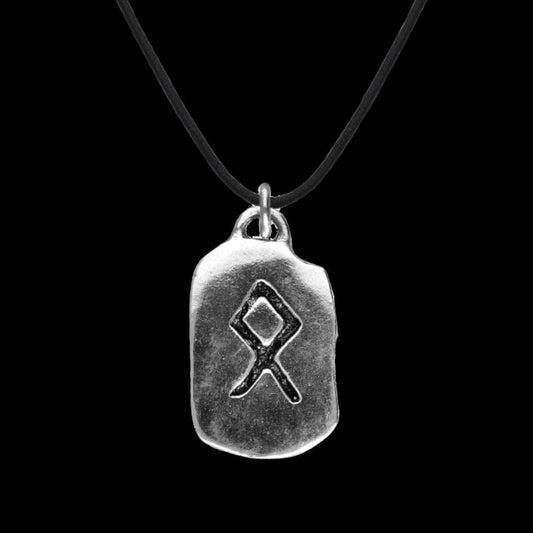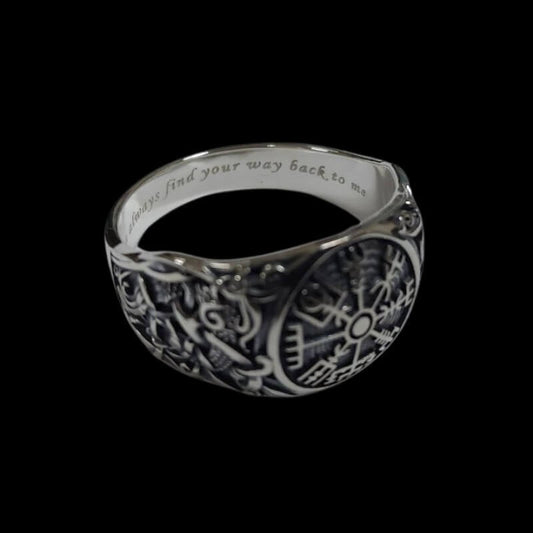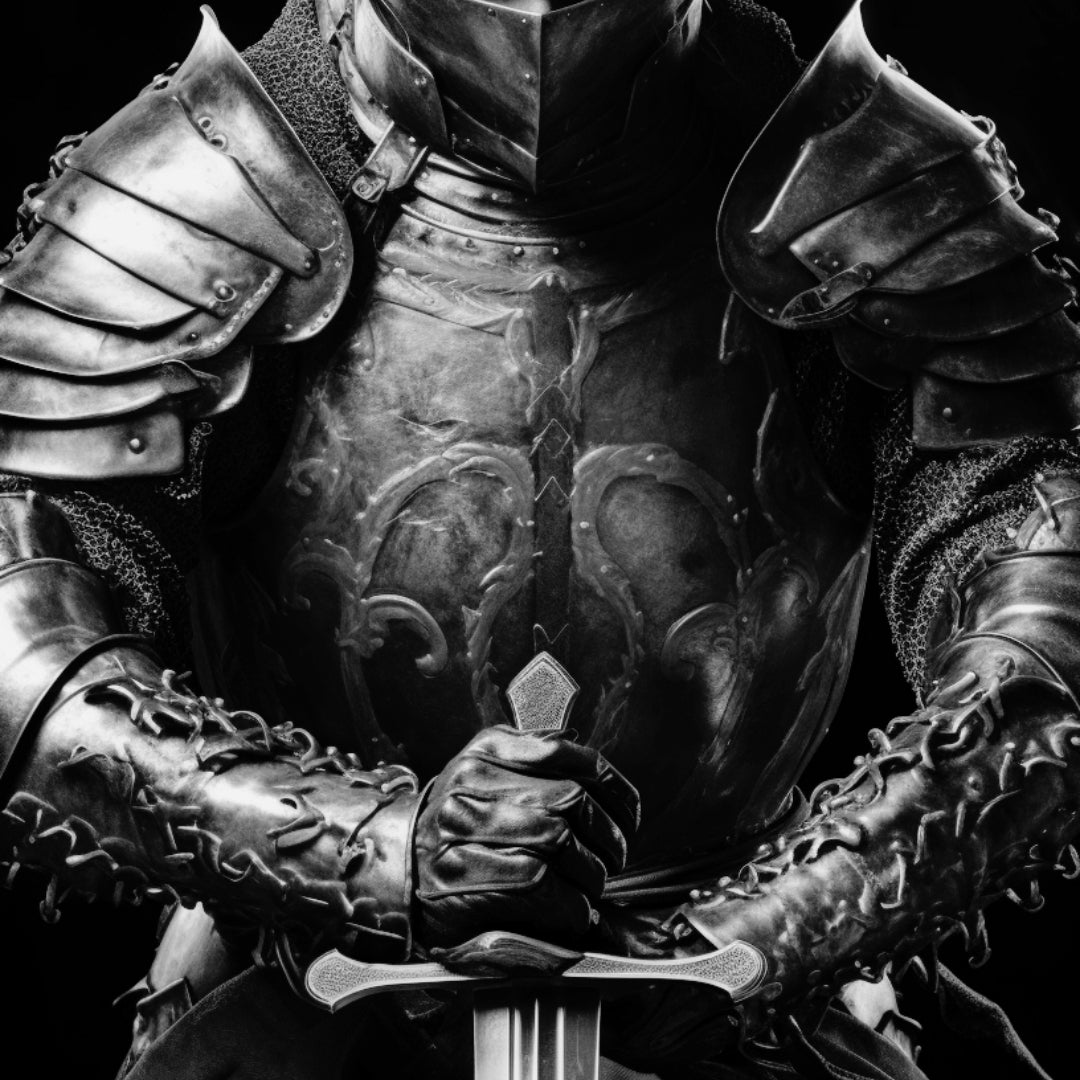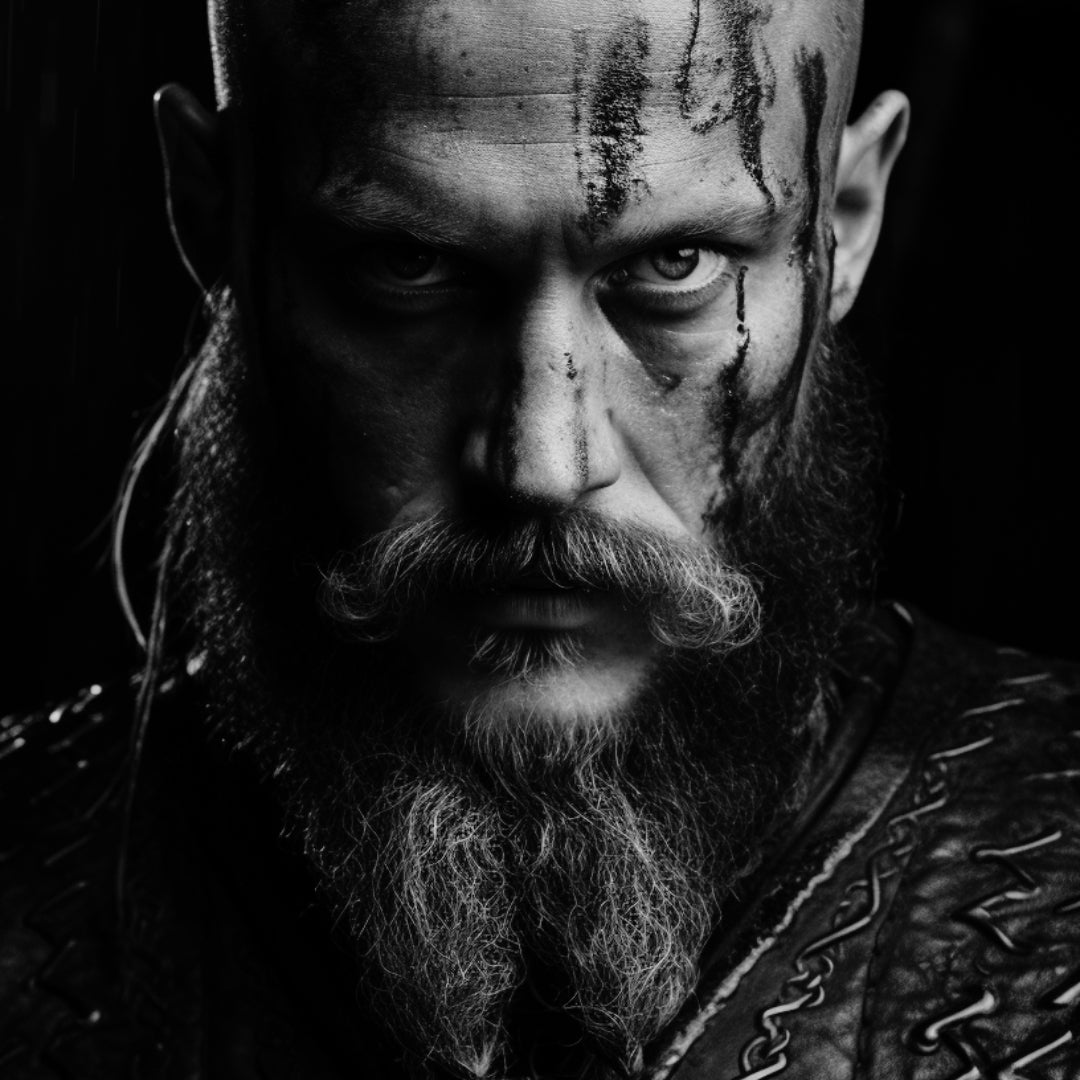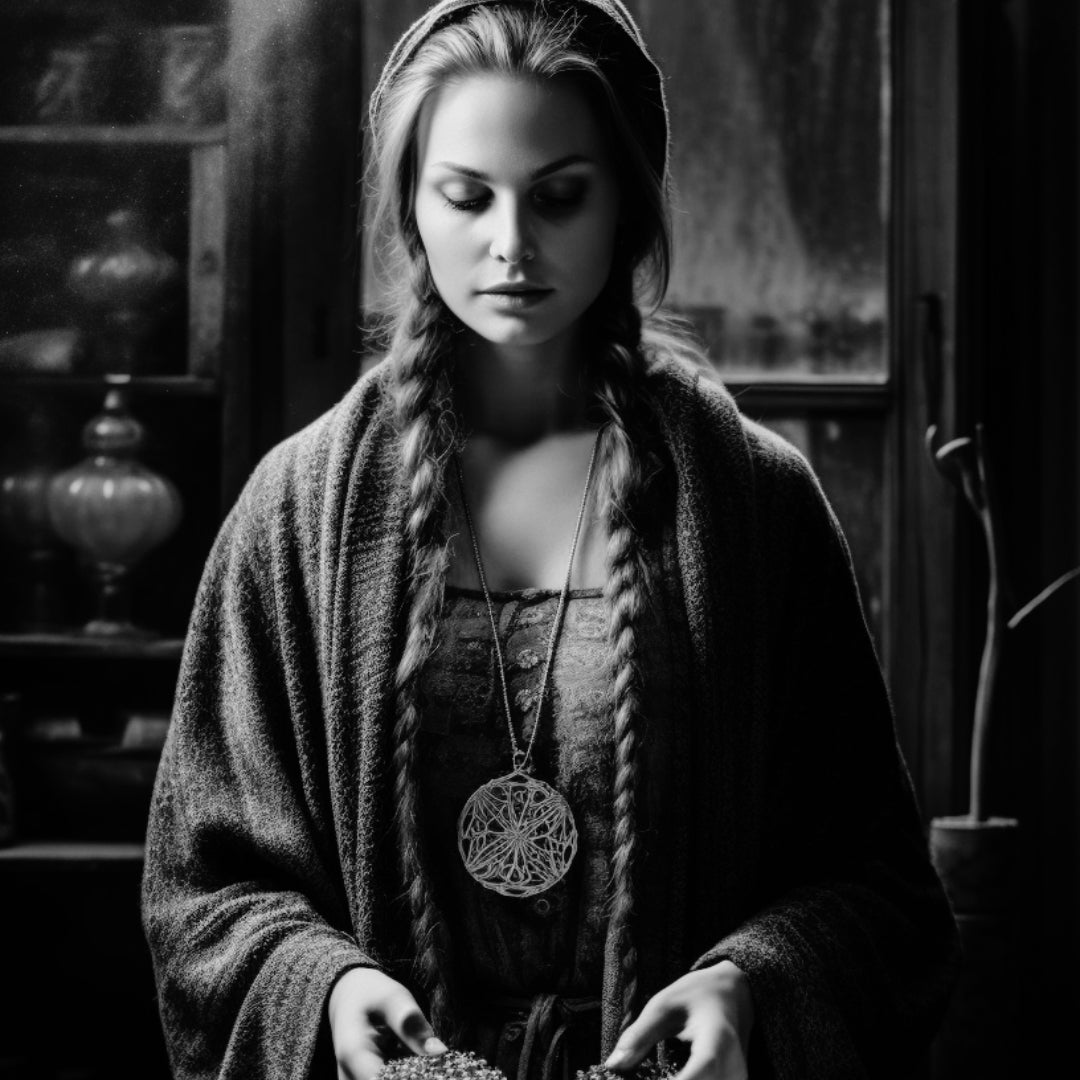Build a Legacy:
-
Thor Hammer Runic Bronze Ring
Regular price $54.00 USDRegular priceUnit price per$54.00 USDSale price $54.00 USD -
Goat Skull Amulet Sterling Silver Pendant
Regular price $90.00 USDRegular priceUnit price per$90.00 USDSale price $90.00 USDSold out -
Handcrafted Arrows Elder Futhark Runes Bronze Ring
Regular price $70.00 USDRegular priceUnit price per$70.00 USDSale price $70.00 USD -
925 Sterling Silver Mjolnir With Hail Odin Runes Bangle
Regular price $51.00 USDRegular priceUnit price per$51.00 USDSale price $51.00 USDSold out -
Helm of Awe Futhark Circle Sterling Silver Pendant
Regular price $90.00 USDRegular priceUnit price per -
Valknut Knotwork Sterling Silver Ring
Regular price $91.00 USDRegular priceUnit price per$91.00 USDSale price $91.00 USD -
Vegvisir Futhark Circle Sterling Silver Pendant
Regular price $90.00 USDRegular priceUnit price per$90.00 USDSale price $90.00 USDSold out -
Valknut Aegishjalmur Sterling Siver Ring
Regular price From $46.00 USDRegular priceUnit price per$91.00 USDSale price From $46.00 USDSale -
Handcrafted Elder Futhark Runes with Wide Rim Sterling Silver Ring
Regular price From $66.00 USDRegular priceUnit price per$66.00 USDSale price From $66.00 USD -
Handcrafted Elder Futhark Runes Bronze Ring
Regular price $70.00 USDRegular priceUnit price per$70.00 USDSale price $70.00 USD -
Handcrafted Algiz Rune Norse Ornament Sterling Silver Ring
Regular price $154.00 USDRegular priceUnit price per$154.00 USDSale price $154.00 USD -
Handcrafted Snake Runes and Red Cubic Zirconia Bronze Pendant
Regular price $60.00 USDRegular priceUnit price per -
Hail Odin Valknut Bronze Ring
Regular price $54.00 USDRegular priceUnit price per$54.00 USDSale price $54.00 USD -
Tyr Rune Stone Sterling Silver Pendant
Regular price $90.00 USDRegular priceUnit price per$90.00 USDSale price $90.00 USD -
Vegvisir Runes Sterling Silver Ring
Regular price $91.00 USDRegular priceUnit price per$91.00 USDSale price $91.00 USD -
Vegvisir Valknut Runes Sterling Silver Ring
Regular price From $45.00 USDRegular priceUnit price per$91.00 USDSale price From $45.00 USDSale -
Handcrafted Helm of Awe Symbol Runes Ornament Sterling Silver Ring
Regular price $154.00 USDRegular priceUnit price per$154.00 USDSale price $154.00 USD -
Handcrafted Vegvisir Symbol Hail Odin Runes Bronze Ring
Regular price $49.00 USDRegular priceUnit price per$49.00 USDSale price $49.00 USD -
Handcrafted Algiz Rune Sterling Silver Pendant
Regular price $109.00 USDRegular priceUnit price per$156.00 USDSale price $109.00 USDSale -
Viking Bracelet In Black Agate And Grey Obsidian With Double Rune Beads
Regular price $72.00 USDRegular priceUnit price per$72.00 USDSale price $72.00 USD -
War God Tyr Fenrir Sterling Silver Pendant
Regular price $90.00 USDRegular priceUnit price per$90.00 USDSale price $90.00 USD -
Handmade Valknut and Bear Viking Wooden Watch
Regular price From $479.00 USDRegular priceUnit price per$479.00 USDSale price From $479.00 USD -
Odal Rune Stone Sterling Silver Pendant
Regular price $90.00 USDRegular priceUnit price per$90.00 USDSale price $90.00 USD -
Handcrafted Valknut Symbol HAIL ODIN Runes Bronze Ring
Regular price $70.00 USDRegular priceUnit price per$70.00 USDSale price $70.00 USD
About the Viking Runes
This collection includes all our pieces featuring the Viking Runes.
The Vikings believed that their runes were more than just an alphabet that could be used to describe the world. In the right hands, they are also a magical toolkit that can be used to control destiny.
The Norns, the Norse fates, use the runes to write destiny into the bark of Yggdrasil. When Odin saw them at work, he became jealous of their knowledge and coveted it for himself. He hung himself from Yggdrasil for nine days and night while pierced by his spear until he discovered their secrets. He then shared these with mankind.
The Vikings used a runic alphabet known as Younger Futhark, which derived from an older Germanic rune alphabet known as Elder Futhark. It was used throughout Scandinavia from around AD 800 until AD 1200 when the Latin alphabet was adopted as part of the widespread conversion to Christianity.
More than 6,000 inscriptions in Young Futhark survive from the Viking world, carved into stone, wood, bone, and metal.
For the Vikings, each of the runes had a phonetic sound, but also a symbolic meaning. The runes also had magical meanings to rune masters, but the ones we associate with them were largely developed in the modern age by modern practitioners of rune magic and divination.
Below are more detailed interpretations of some of the most common viking runes.
The viking rune Algiz rune represents Z phonetically, the elk, and ideas of protection. It is a common component in symbols of protection, such as Aegishjalmur (the Hem of Awe). In modern runic divination, it can suggest the development of a closer connection to the gods of a higher calling.
The viking rune Fehu rune represents F and V phonetically, and ideas of wealth, especially “disposable wealth” such as cattle. In modern runic divination, it can be a sign of fresh starts and new beginnings. It also suggests looking at how something began to understand it.
The viking rune Dagaz rune represents D phonetically and the idea of day and dawn. In modern divination traditions, it suggests a reason to be hopeful and remain positive. It indicates that there are new opportunities on the horizon and that starting over is always possible.
The viking rune Mannaz rune represents M phonetically and the idea of mankind or humanity. In modern divination, it represents the divine spark within humanity and suggests that someone rely on their intuition because they already have the answers that they need.
The viking rune Thurisaz rune represents TH phonetically and is linked with the name of Thor. As such, it is associated with strength. In modern runic divination, it usually represents a catalyst for important change.
The viking rune Tiwaz rune represents the phonetic sound T and is linked with the god Tyr. He is associated with war, justice, and fair dealing. In modern runic divination, this rune represents the need for perseverance, justice, and honesty.
In addition to these individual runes, in this collection, you will find a number of the runic staves that are created by combining these runes. These are taken from a series of 18th-century Icelandic grimoires, so it is unclear how closely they reflect how runes were used in the Viking age. But we do know from the sagas that the runes were used to create magical symbols.
Below are the two most famous symbols from the grimoires.
Vegvisir – The Norse Compass ensures that a person never loses their way, even if they do not now where they are going. While it was probably used by explorers and sailors in the Viking age, it has become associated with spiritual guidance in modern Asatru.
Aegishjalmur – The Helm of Awe is attested in the sagas from the Viking age and a version of it is recorded in the grimoires. Draw the symbol on your forehead before a battle to invoke the favor of the gods. Overcome your enemies of fight bravely enough to find yourself in Valhalla.


